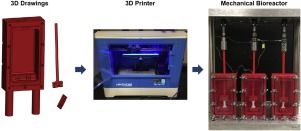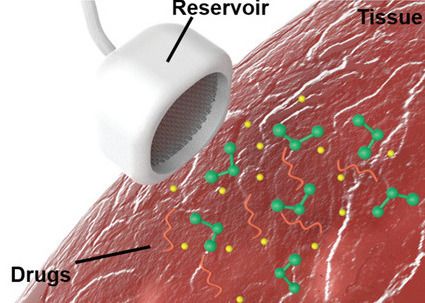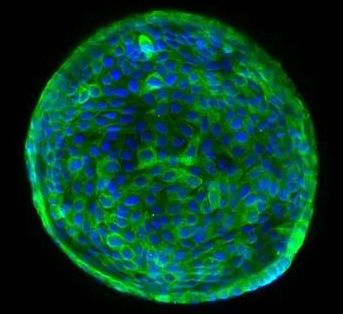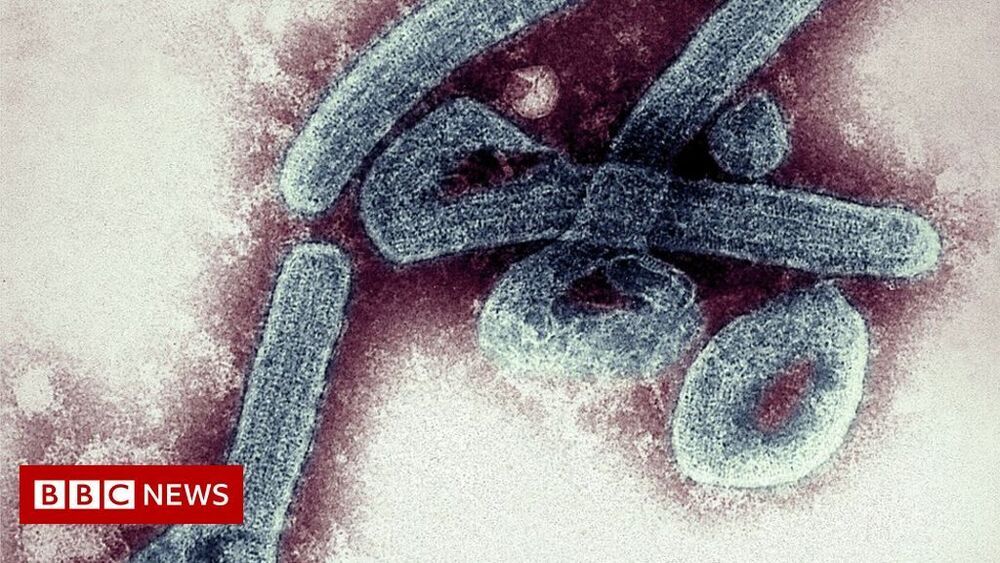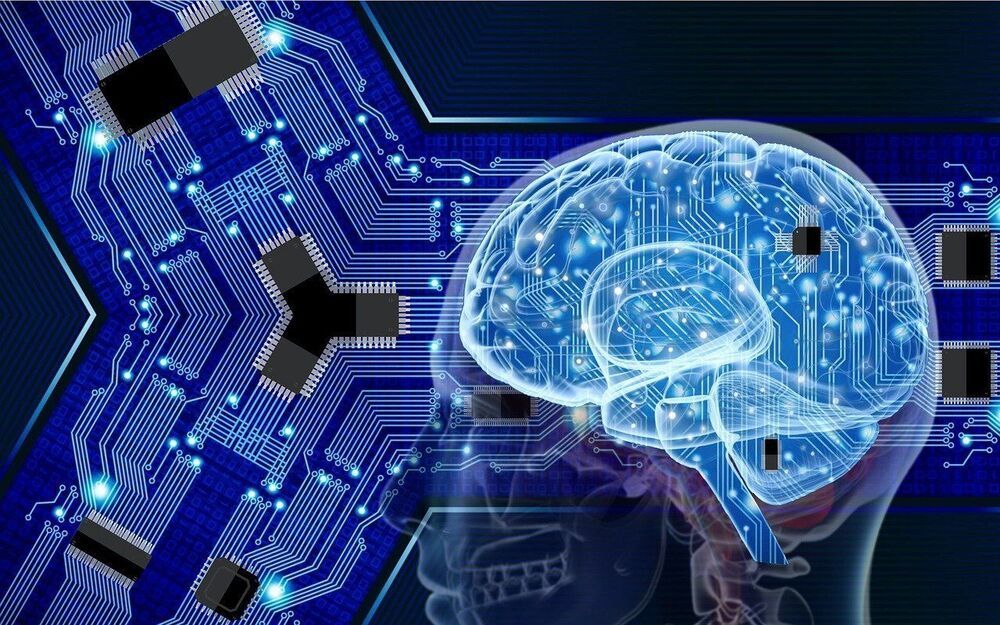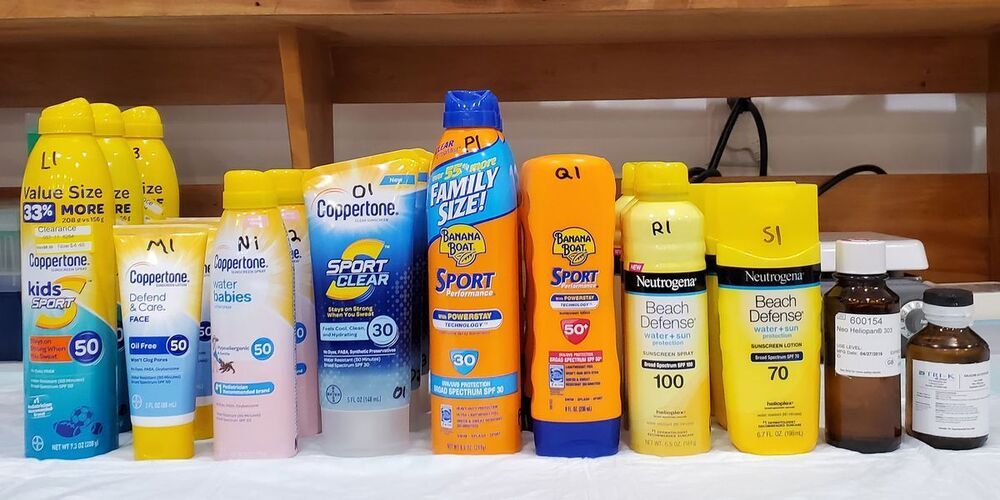Circa 2018
Mechanical loading is an important cue for directing stem cell fate and engineered tissue formation in vitro. Stem cells cultured on 2-dimensional (D) substrates and in 3D scaffolds have been shown to differentiate toward bone, tendon, cartilage, ligament, and skeletal muscle lineages depending on their exposure to mechanical stimuli. To apply this mechanical stimulus in vitro, mechanical bioreactors are needed. However, current bioreactor systems are challenged by their high cost, limited ability for customization, and lack of force measurement capabilities. We demonstrate the use of 3-dimensional printing (3DP) technology to design and fabricate a low-cost custom bioreactor system that can be used to apply controlled mechanical stimuli to cells in culture and measure the mechanical properties of small soft tissues. The results of our in vitro studies and mechanical evaluations show that 3DP technology is feasible as a platform for developing a low-cost, customizable, and multifunctional mechanical bioreactor system.
• 3DP technology was used to print a multifunctional bioreactor system/tensile load frame for a fraction of the cost of commercial systems.
• The system mechanically stimulated cells in culture and evaluated the mechanical properties of soft tissues.
